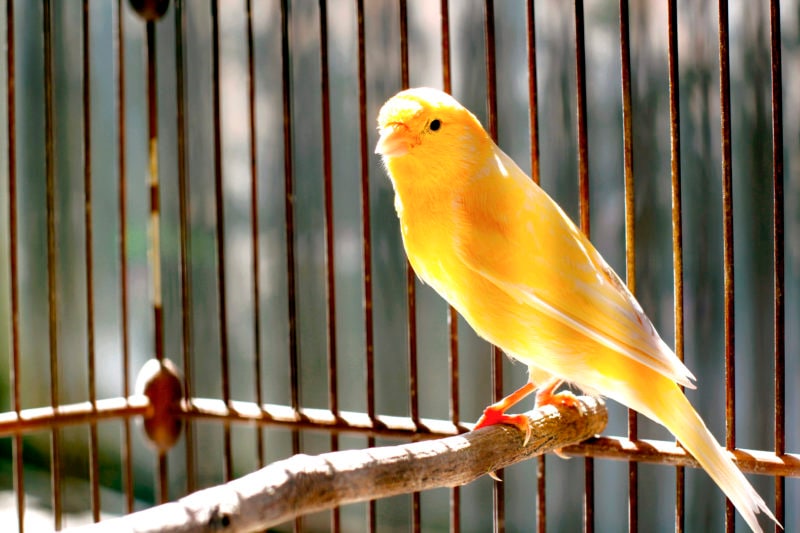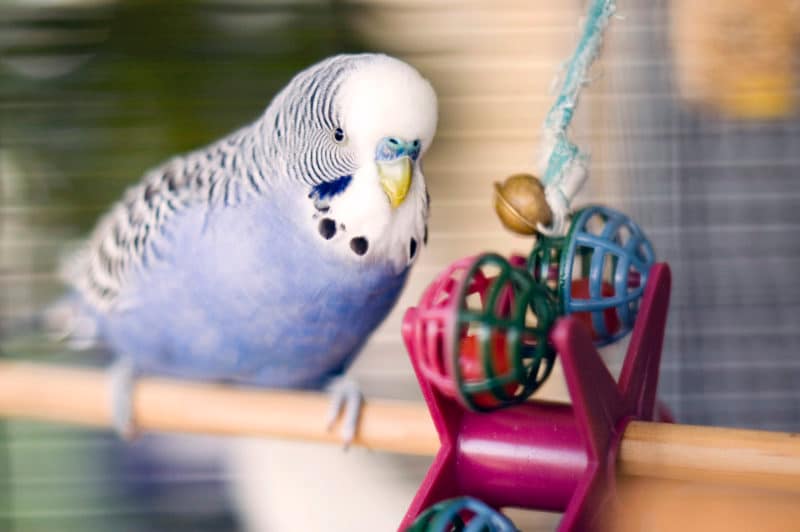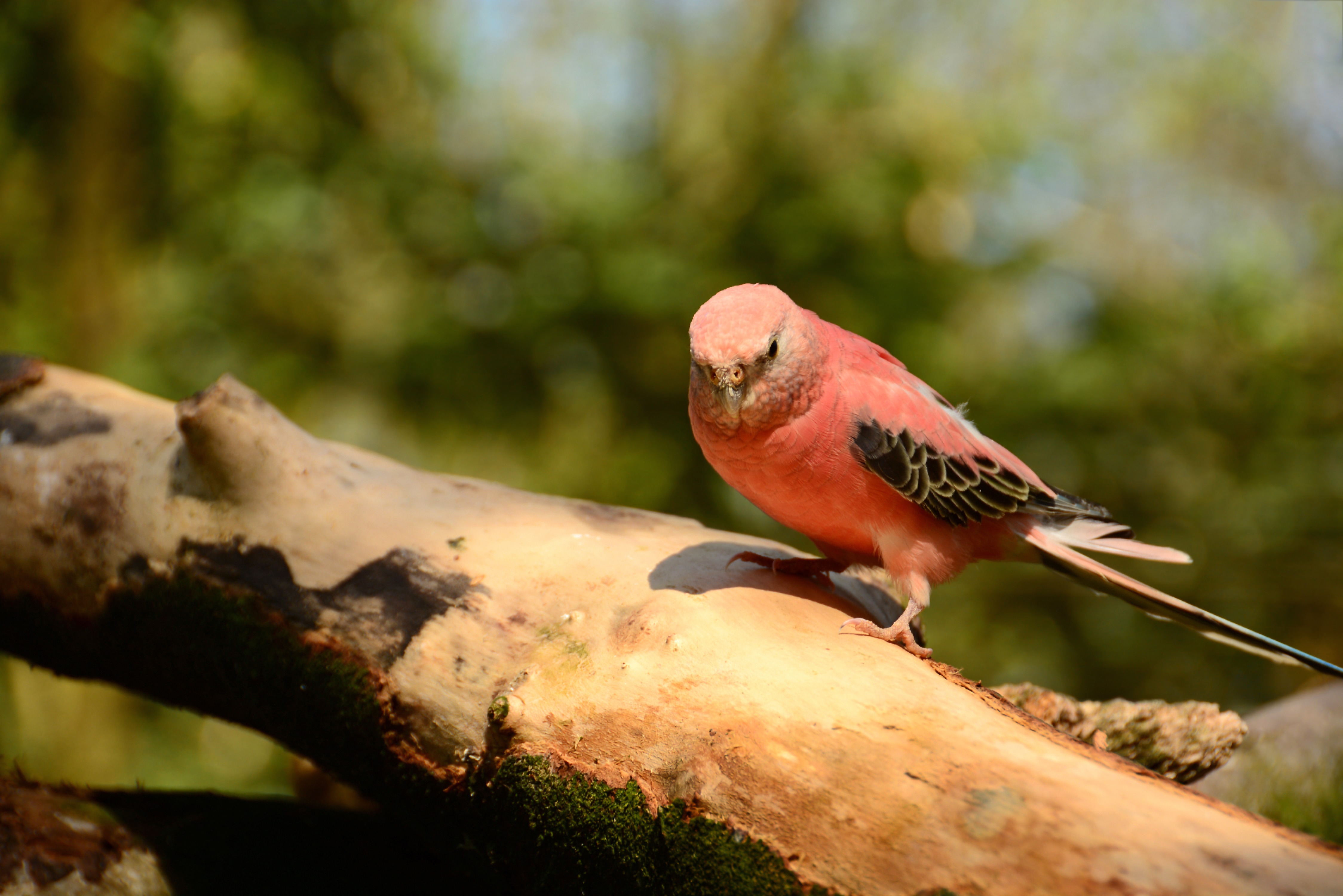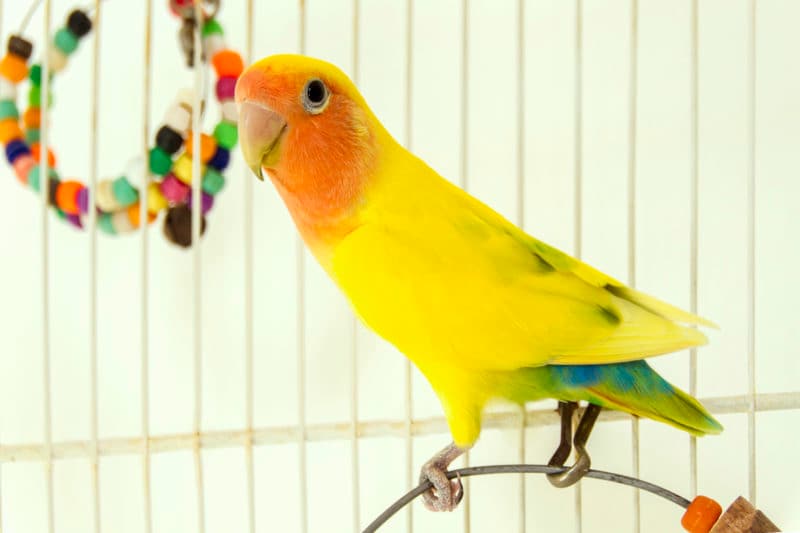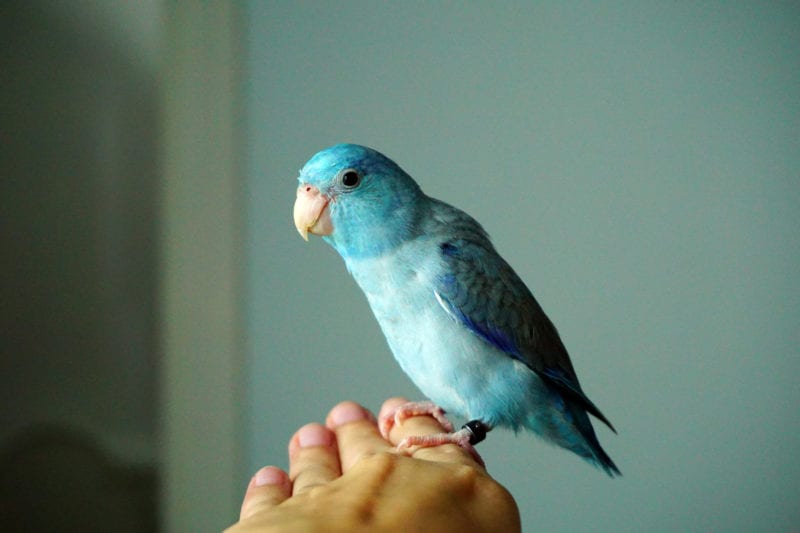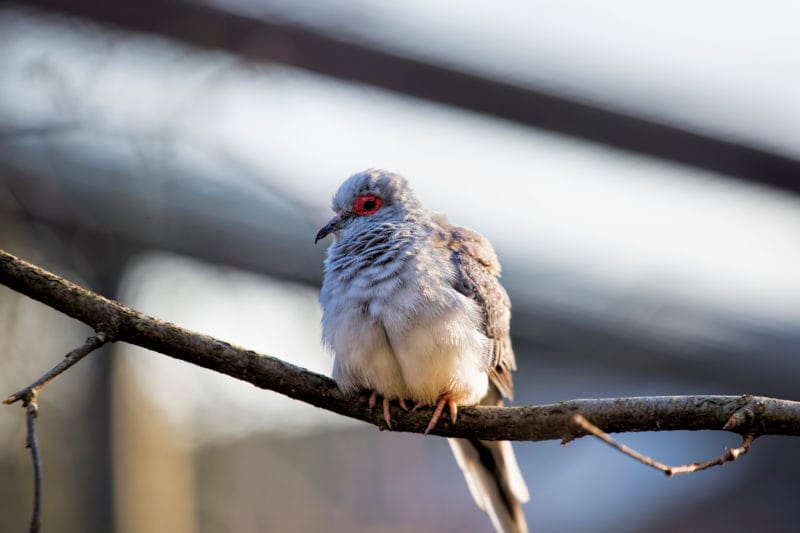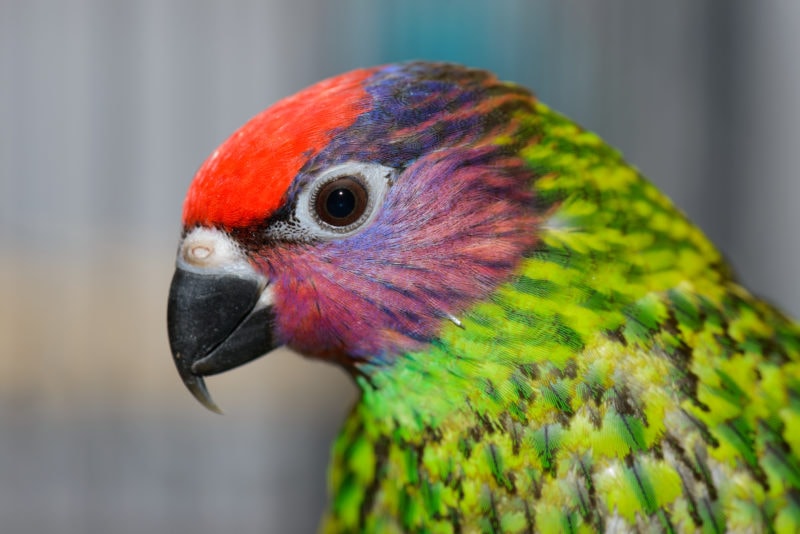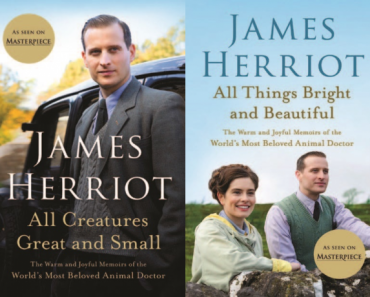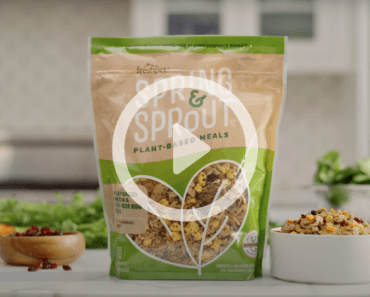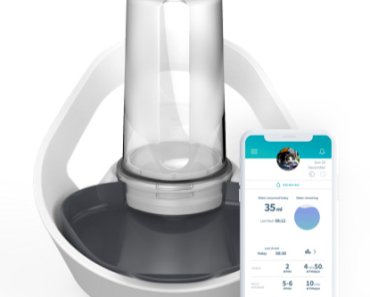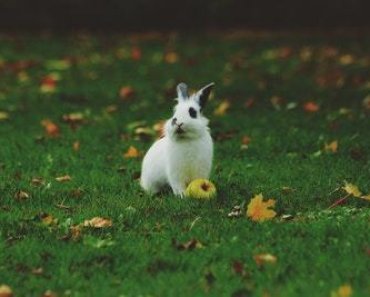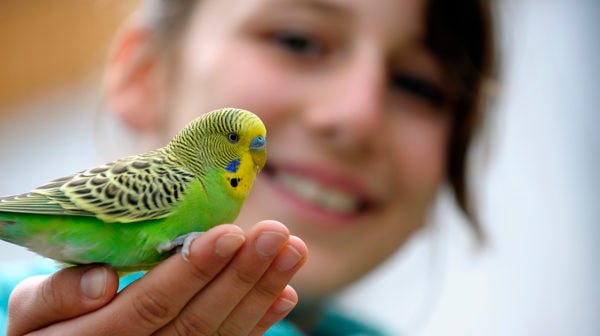
For original article click here
I had my first pets around 8 or 9 years old, and I was a horrible pet owner. I hated having to feed and water my pet rabbits and clean their cages everyday. I would forget at times. I just wasn’t responsible enough, and I wish my mother had not allowed me to have pets. When I was in high school and more responsible, I was way too busy to take care of pets. I had a part-time job and was in the marching band. Then I moved away to college where pets weren’t allowed.
At no point during my youth, would I have been a good candidate for owning a pet bird; however, I would have been good at helping take care of a family pet bird, which would have been the ultimate responsibility of my parents.
Now, some kids are great with pet birds; however, it takes the right mixture of pet bird and child. Because parrots and birds are prey animals, quick movements, loud noises and grabbing hands are all seen as threatening to them. A parrot might respond to this by biting or trying to fly away, so a child that has lots of energy and not much self control over his or her movements or desires would not make a great pet bird owner. This is why we often recommend that generally, the child be 12 years old before getting their own pet bird. There are, of course, some mature children, who are exceptions to this rule. To help parents judge if their child makes a good pet bird owning candidate, consider this:
You should not get a pet bird for your child, if:
- Your child is under the age of 12 and will be the bird’s sole caretaker. Some children don’t understand the consequences of their actions, especially if they forget to give the pet bird food or water. Animal cruelty should not be practiced so that a child can learn responsibility the hard way.
- Your child has no money to take the pet bird to an avian veterinarian if it gets sick. Parents who don’t allow pet birds that are sick to be taken to the vet because they don’t want to spend the money teach the child a number of bad lessons. If the parent or child is unable or unwilling to take to the pet bird to a vet, then don’t get the pet bird.
- If the child is too busy with extracurricular activities to spend at least one to two hours hanging out with the pet bird.
- If the child is not willing to check out websites or read magazines and books about a pet bird before adopting one.
- If the child has trouble controlling his or her emotions. Prey animals do not respond well to physical outbursts and will fly or bite.
If your child has the time, patience and maturity level for a pet bird, there are nine species suggestions below. They were picked because of the low noise level, availability and cost, ease of care (comparatively speaking to the larger parrots), size, less challenging mental and emotional needs, and life expectancy (all shorter than 30 years). There are many great stories of responsible children keeping some of the bigger parrots, however, those parrots life expectancies are longer, so the child will have to keep the bird through the life changes that young adults go through.
1. Canary
via iStock.com/Hermansyah28
A canary can be kept by itself and it entertains with its song. A canary doesn’t come out of the cage, so you only need to give your canary bird food, water and cage cleaning, but doesn’t need one-on-one play time. A canary can live up to 15 years, so parents should be willing to take over the canary’s care if the child goes off to college.
2. Society Finches
via iStock.com/photographereddie
The society finch would make a great pet bird. You need to keep them in pairs, they are readily available at pet stores, and they are low noise volume and low mess. Buy them a roomy, horizontal-shaped cage so they can fly around. They need their food and water changed and their cage floor cleaned, but there is no one-on-one interaction. The society finch can live to up to seven years.
3. Budgies
via iStock.com/onceawitkin
This is a wonderful pet parrot, native to Australia. It is a smaller parrot, so is often referred to as the general term “parakeet” by Americans. The budgerigar, or budgie, makes a great pet for older children. A younger child may accidentally injure the bird if he or she is not gentle. The budgie’s cage can fit in the kid’s bedroom. It can be a great best friend if the child takes the time to tame it and interact with it.
Budgies volume level is low, although it can chatter quite a bit, and some even talk. It will need veterinary care, so don’t adopt one if you are unwilling to take it to the vet. It needs daily food, water and cage changing. It needs some fresh vegetables intertwined around its cage bars. Bird toys are a must. It will need daily one-on-one time and should have a play gym to spend out-of-cage time on. If the child is not willing to tame the budgie and spend a lot of time with it, then I would stick with a finch or canary. An untamed budgie is not fun for the child or the budgie. The budgie can live up to 15 years, so you need to plan on taking care of the budgie if the child goes to college.
4. Bourke’s Parakeet
via iStock.com/49pauly
This is a beautiful and sweet parrot that comes from Australia. It is bigger than a budgie, but still small at around 7½ inches long. You need to get a hand-tame one as they can be flighty. The noise level is low. Daily feeding, water changes and cleaning bird cages are necessary. It needs a wider cage so it can move around, plus some interaction time, but probably not a lot of heavy one-on-one time. Bathe it daily and make sure to give it fresh vegetables. Life expectancy is up to 15 years, so you need to plan on taking care of the Bourke’s if the child goes to college.
5. Peach-Faced Lovebird
via iStock.com/Gilberto_Mesquita
The peach-faced lovebird is a little more of a challenging small parrot. They are small at 6½ inches and have a life expectancy of 20 years. They come in many different color mutations. They are energetic and can get themselves in trouble, so the child needs to pay attention. They can learn some tricks and their noise level is lower than the larger parrots. They need daily feeding, water changing, cage cleaning, plus some good one-on-one time. They should have a play gym, lots of toys and bird perches. They can become a little territorial, so the kid owner needs to read up a little to know how to deal with these little challenges.
6. Cockatiel
via iStock.com/Nickbeer
The cockatiel makes a great pet bird. The female is typically more docile and cuddly, however, it may lay eggs. The male is more vocal. They have long tails, which make up a good portion of their 13 inches. Cockatiels need a roomy cage, plenty of toys and perches. They need daily feeding, water changing, cage cleaning, plus some good one-on-one time. Cockatiels can be dusty and should get a good misting spray bath about once a week. Get a hand-tame cockatiel for your child, otherwise they have to be tamed, which your child may not have the patience for. Cockatiels frighten easily, so an older child would be the best owner. ‘Tiels can live up to 30 years.
7. Pacific Parrotlet
via iStock.com/Ploychan
These spunky small parrots are also best for the older child. They are small, only about 5 inches. Parrotlets need daily feeding, water changing, cage cleaning, plus some good one-on-one time. They need lots of space in their cage, a play gym and lots of toys and perches. Parrotlets are a little more expensive as they are not as readily available as some of the others pet birds on this list. They can live up to 20 years. Parrotlets have a fearless personality, so the child owner needs to pay attention. Parrotlets can be aggressive and curious, and they like to eat a lot.
8. Diamond Dove
via iStock.com/Bartosz Luczak
The diamond dove is a smaller dove at 7½ inches. It can be tamed, but enjoys the company of other doves. It is pretty and easy going. It doesn’t require as much one-on-one time as some of the parrots, but it needs plenty of space and probably another dove. It needs lots of perches as well as high, flat surfaces to roost on. The life expectancy is 12 to 15 years.
9. Goldie’s Lorikeet
via iStock.com/MichaelRLopez
This small lory is only about 7 ½ inches. It has a calm demeanor and is less high maintenance than other lories. They are curious and chatty, but have a lower noise level than bigger parrots. It does need nectar in its diet, so the child owner should read up on its dietary requirements before bringing one home. Goldie’s lorikeets are a little more costly and challenging to find. Goldie’s life expectancy is 7 years. It needs a spacious cage with several perches.
Posted by: Chewy Editorial
Featured Image: iStock.com/akrp
Share:

